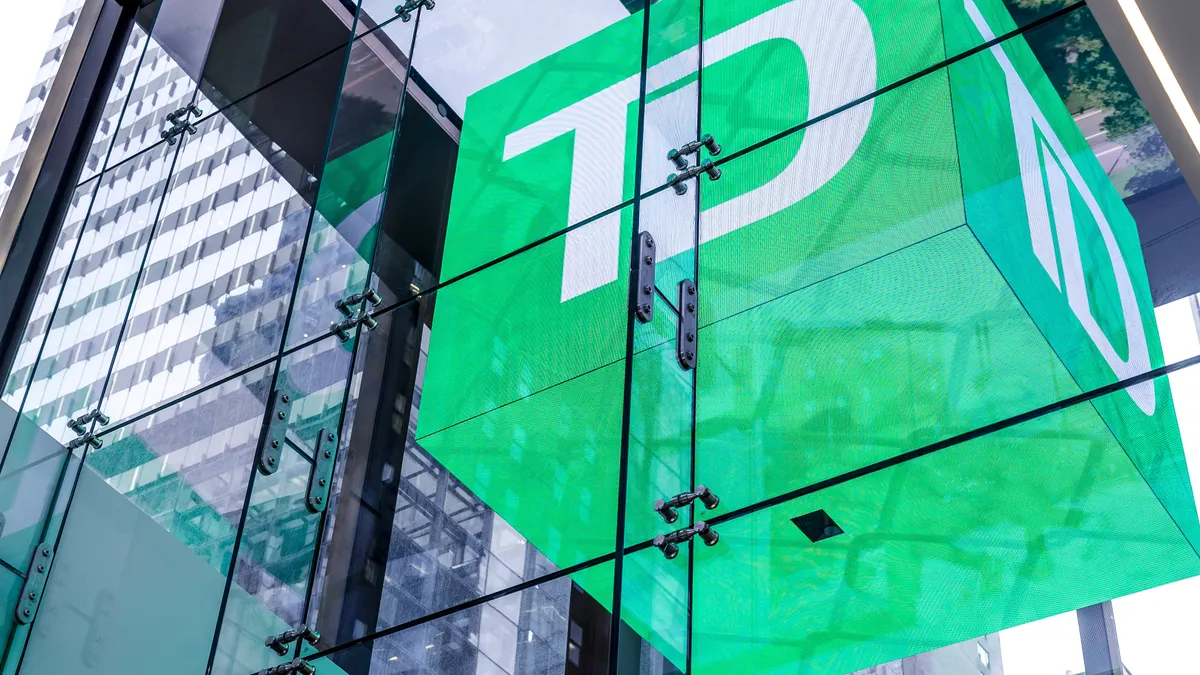Tanya Little is Chief Growth Officer, and Matthew Daniel is an actuary and Director of Technical Marketing at Vitality Group. Views are the authors' own.
The pandemic has impacted employees' lives globally, but the impact on younger generations has been especially high. For Gen Z and millennials, COVID-19 made advancing a career more challenging, and isolation from friends, family, and colleagues removed daily routines and social interactions vital for maintaining good mental health. Even worse, mental health support has been disrupted — just when it's needed most.
A pronounced generational gap was evident in the Vitality Group Healthy Hybrid workplace survey. While the self-rated well-being of older generations in the workplace has returned to pre-pandemic levels, younger staff have fallen behind, with 27% of Gen Zs and millennials now rating their mental health and well-being as "somewhat bad" to "very bad."
When we examined the disparities, we found that entry-level employees have experienced fewer benefits of working remotely than more senior employees. While Gen Z and millennials rank their manager's role in supporting their well-being as more important than older generations, they felt significantly less supported by their managers to participate in activities that would promote their well-being.
What does this mean for employers?
Employers are already facing the fallout of the Great Resignation and struggling to attract and retain employees. If left unchecked, the disparities facing younger generations will result in these workers quitting their jobs. In our survey, 30% of Gen Zs and millennials said they were "moderately likely" or "extremely likely" to leave their positions in the next six to 12 months versus just 18% of Baby Boomers and Generation X.
The stakes are high for employers to improve well-being support and adapt workplaces for younger generations. So, what can employers do?
Take a technology-enabled, strategic approach
Young people struggle disproportionately with various dimensions of well-being, particularly mental health. Expanding mental health support is critical for attracting and retaining young talent. Technology needs to enable the support in place and connect employees to the resources they need when they need them to ensure the benefit has visibility and is used effectively. A successful well-being platform should bring together well-being initiatives with personalized, evidence-based activities and incentives to make it easy for employees to engage in the care they need when they need it.
Create healthy hybrid workplace policies and practices
We've seen that entry-level staff struggle more with taking care of their well-being and managing their responsibilities while working remotely. From our research, a common theme emerged – employers need to allow for utmost flexibility and trust their employees. This means giving employees the right to take time out of their day for their well-being, including allowing for time to socially connect, exercise, go outdoors and recharge.
Plugging regular well-being activities into the company's well-being program during the workday and incentivising participation for younger, entry-level employees is an effective way to do this. Partnering with experts in creating well-being cultures can also help get this right.
Support entry-level managers
COVID-19 has been challenging for managers who have dealt with navigating changes in their own lives. Most managers have had trouble maintaining productivity and motivation, staying connected to their employees, and helping them navigate serious issues, from personal problems to the loss of loved ones.
Further down the organizational chain, entry-level employees experience the pressure of the same challenges, but without the support they need. Many entry-level employees have also been left to pick up the additional workload of managing change, learning new systems, and picking up the slack from organizational downsizing.
As the pandemic continues, it's essential to continually evaluate how managers support their entry-level staff, ensuring they are supporting their well-being and giving flexibility for well-being activities and work-life balance.
Connect and engage employees
The evidence also shows that more efforts are needed to connect entry-level employees, especially those working remotely or hybrid, to their leadership and peers – digitally or physically. With younger staff experiencing isolation while working remotely, creating the time and digital spaces to connect with their leadership and peers can make a massive difference. This can happen through regular coffee catch-ups with leadership, for example. Well-being champions and technology can also be leveraged to create connection opportunities between employees, centered around a well-being activity.
Achieving long-term, sustainable performance
As younger generations enter the workforce, fundamental challenges will arise unless employers act. These generations want an employer who genuinely cares about their well-being. Their workplace needs to feel inclusive, oriented around their growth and development, and rich with flexibility, connectivity and a sense of unity. The benefits of adopting these changes in the workplace extend beyond attracting and retaining younger staff or closing the generational gap; it also means future-fitting organizations for improved long-term, sustainable performance.





















